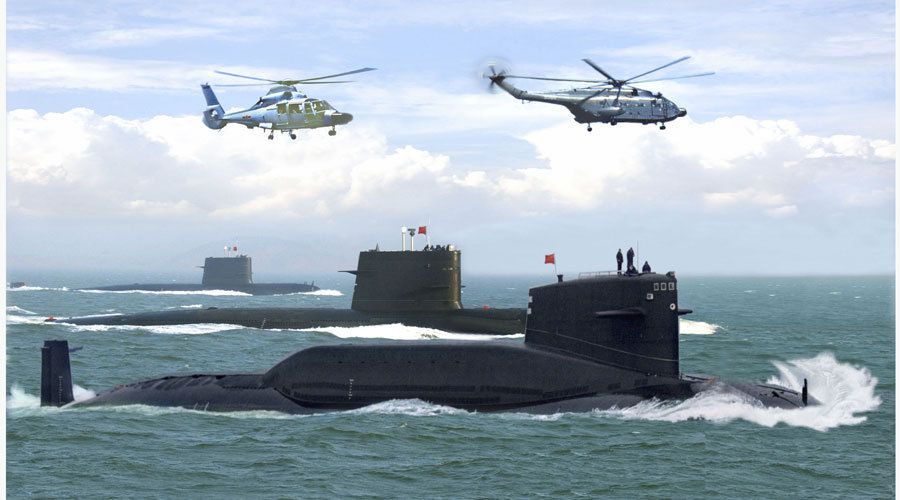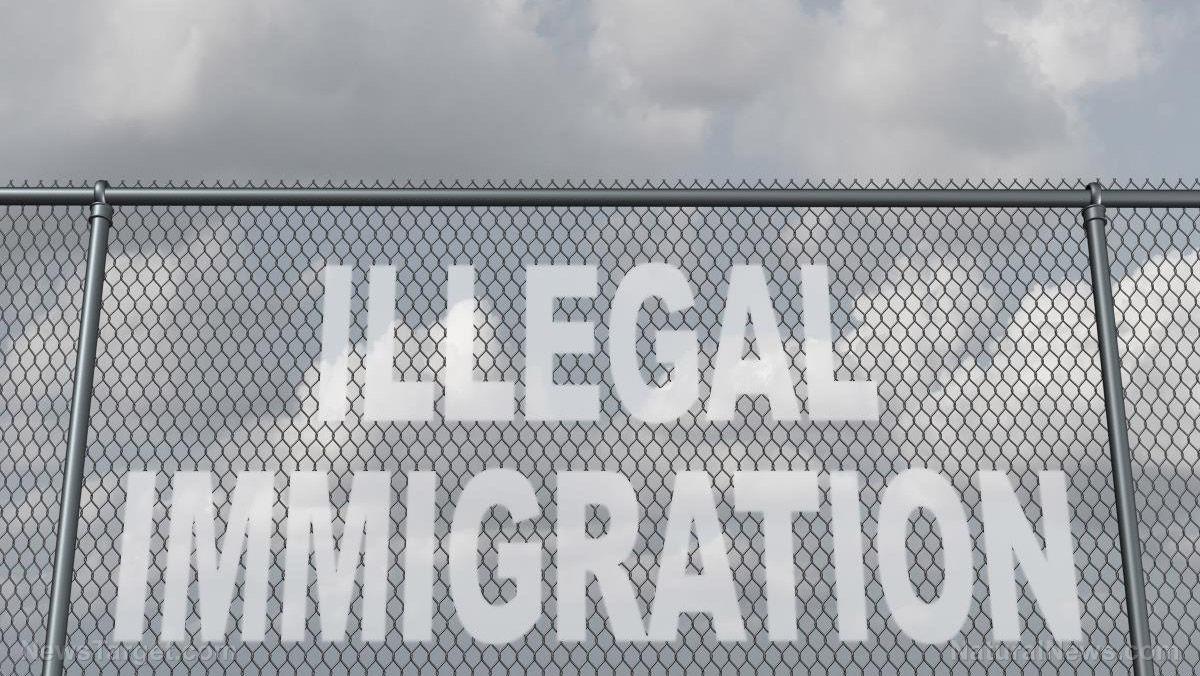
Advertisement
(NationalSecurity.news) Despite threats to take Taiwan by force if the government there ever formally declared itself an independent nation, China does not have the capacity to actually invade the island – yet.
That was the conclusion of a panel of experts speaking recently at the Atlantic Council in Washington, D.C., in response to the election of a new president and legislature on Taiwan that is viewed as pro-independence.
Speaking at the Atlantic Council, Thomas L. McNaugher, a professor at The Georgetown University, noted that while the Chinese navy possesses some amphibious assault capability, mustering enough resources to invade Taiwan would be “an extremely dicey operation” because the military is still dominated by the army. In addition, he noted, the Chinese have had no recent experience in that, or any other kind of, warfare, USNI News reported.
“Right now, they’re capable of moving about two divisions at a time” over water, he said in response to a question. “But they’re working on” overcoming those limitations, he added.
A member of the council’s Brent Scowcroft Center on International Security, Roger Cliff, added that despite Beijing’s 600-percent increase in real-term defense spending over the past two decades, “important weaknesses remain” in Chinese technology, logistics, training and organization.
One example he utilized was the maintenance of field gear.
Such gear “has to be sent back to the factory for maintenance and repair,” Cliff said, which would make sustained operations difficult if not impossible. He also said China suffered from shortfalls in aerial refueling and underway naval replenishment.

Since 1995 China has changed its military doctrine from “positional warfare” – after launching missiles in a bid to intimidate Taiwan, which China still claims is a “renegade” province – to a strategy based on surprise, deception and indirection like what the U.S. military employed during Desert Storm. However, the military still features a strong centralized political structure that does not “encourage risk-taking or creativity,” but puts an emphasis on “loyalty and obedience,” Cliff noted.
Following China’s bid to intimidate Taiwan 20 years ago, which was holding its first presidential elections, the Clinton administration dispatched two U.S. aircraft carriers into those waters, which were not detected by China. Though Taiwan has no defense treaty with the U.S., following official recognition of the People’s Republic of China during the Nixon administration, Congress passed the Taiwan Relations Act which, in part, permits U.S. arms sales to the island.
Should there be an actual cross-strait conflict, however, Cliff said that China’s numerical superiority in arms and manpower could “make up for organizational shortcomings.”
“The question is still out there” whether China would ever try to reunify Taiwan by force, said Tiffany Ma, the Scowcroft center’s director of political and security affairs. One deciding factor might be that Beijing’s leaders “no longer see time is on their side” and/or “inattention” on the part of the U.S. In fact, that inattention “is really the poison here.”
Taiwan’s incoming administration, led by Tsai Ing-wen, has not increased rhetoric with the mainland but intends to continue its defense buildup, she said.
McNaugher added, based on what has happened in Hong Kong since the British government gave it back to China “the Taiwanese do not want to go back to China” especially since the island’s economy is booming.
A December report [PDF] by the Congressional Research Service on China’s emerging naval capabilities said that experts believe “China’s naval modernization effort is oriented toward developing capabilities for doing the following: addressing the situation with Taiwan militarily, if need be; asserting or defending China’s territorial claims in the South China Sea and East China Sea; enforcing China’s view that it has the right to regulate foreign military activities in its 200-mile maritime exclusive economic zone (EEZ); defending China’s commercial sea lines of communication (SLOCs); displacing U.S. influence in the Western Pacific; and asserting China’s status as a leading regional power and major world power.”
Further, the report noted that China’s naval modernization “encompasses a broad array of platform and weapon acquisition programs” that includes anti-ship missiles, submarines and surface ships, aircraft and C4ISR systems (command and control, communications, computers, intelligence, surveillance, and reconnaissance).
“China’s naval modernization effort also includes improvements in maintenance and logistics, doctrine, personnel quality, education and training, and exercises,” the report said.
See also:
Submit a correction >>
This article may contain statements that reflect the opinion of the author
Advertisement
Advertisements















